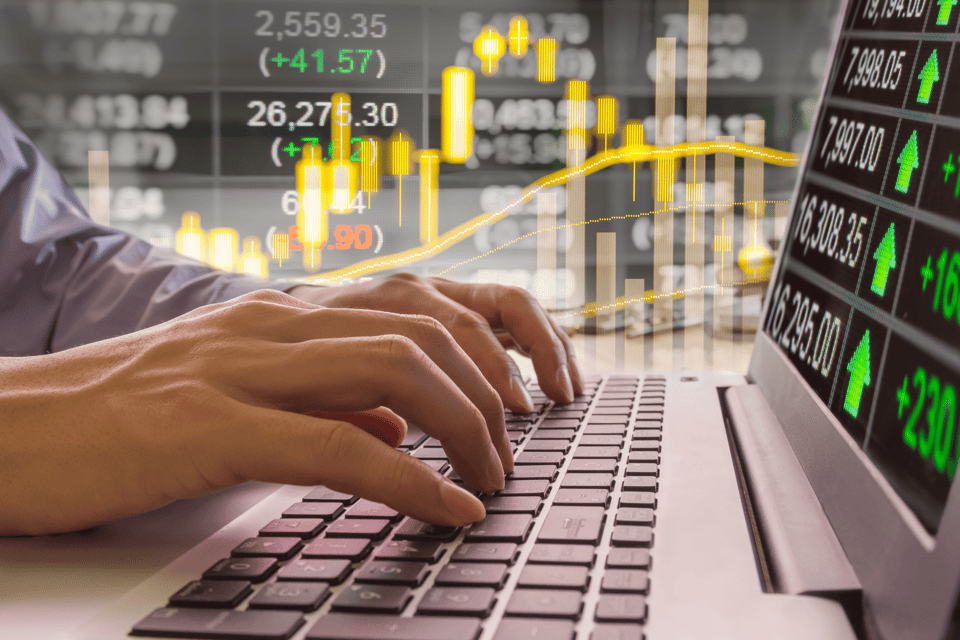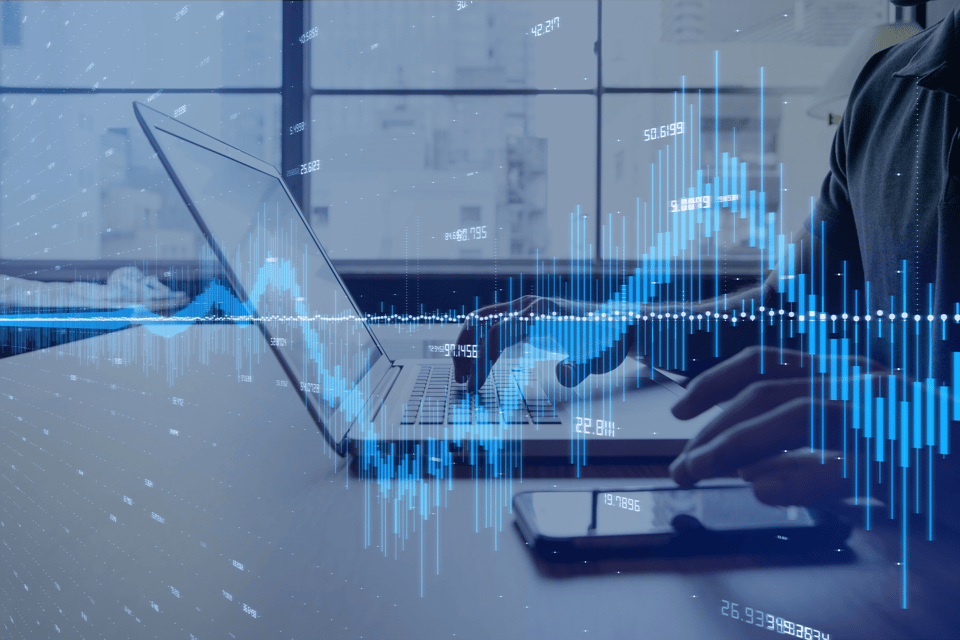Futures contracts are leveraged securities that enable traders to control a large quantity of an underlying asset with minimal cash. To facilitate these transactions, the trader makes a good-faith deposit known as a margin.
If you’re going to trade futures, then it is important to understand that margins are dynamic―as market conditions evolve, so do they. Read on to learn more about the functionality of futures margin requirements.
Who Determines Futures Margins?
When it comes to financial derivatives, margin requirements are key elements that influence many aspects of trading. As a general rule of thumb, the lower the margin, the greater a trader’s capital efficiency. And, although leveraging a small amount of money into larger returns is attractive, it is also risky. Margin requirements protect the exchange, broker, and trader from potential catastrophe.
So who sets the margins? Two entities set the futures margin requirements that traders must abide by:
The Exchange
First and foremost, the exchange is in charge of setting initial and maintenance margins. These values are assigned on a contract-by-contract basis and reflect current market conditions. At the Chicago Mercantile Exchange (CME), the markets and product margins are evaluated at the end of each trading day. If a change is warranted, participants are given at least a 24-hour notice.
The Broker
Brokerage firms are free to increase the exchange’s initial and maintenance margins as deemed fit. In addition, they are also able to offer clients reduced day trade margins. This is a key aspect of the futures industry because minimal day trade margins are implemented to attract the business of independent retail traders.
Why Do Margins Change?
At any given time, your trading margins are put forth by the exchange and your broker. Essentially, they represent the current degree of market risk. Remember, futures margin requirements are designed to protect the exchange, broker, and trader. To do so effectively, they must be flexible and evaluate market conditions in real time.
Here are three common reasons why margins change:
- News cycle: A period of scheduled or surprise events may influence margin requirements. For instance, elections, armed conflict, and civil unrest are capable of increasing both market uncertainty and margins.
- Participation: The sudden spike or recession of public participation can affect margins. As an example, trading margins during non-U.S. market hours are often increased due to the lack of consistent liquidity.
- Volatility: Market volatility, both current and implied, is the primary driver of margin adjustments. Basically, the higher the volatility, the greater the risk―margin requirements are raised to manage the enhanced risk profile.
In many cases, these three factors are interrelated. For instance, a surprise news item may spike participation, which leads to an increase in pricing volatility. If the change in market conditions is dramatic enough, the exchange raises initial and maintenance margins in response. As a result, brokers pass the new requirements on to the trader while potentially making their own adjustments.
Several key events in 2020 brought periods of unprecedented volatility and repeated changes to futures margin requirements. During the March 2020 onset of COVID-19, the Chicago Mercantile Exchange (CME) adjusted margins frequently. For gold, the initial margin requirement was raised from $5,500 to $7,700; maintenance margins went from $5,000 to $7,000. From March 2-March 23, 2020, the CME raised margins six times on the E-mini S&P 500. In total, the E-mini S&P 500’s initial margin went from $6,600 to $12,000.
Ahead of the 2020 U.S. General Election, exchanges and brokers took a proactive approach. In this instance, margin requirements were raised in anticipation of extreme volatility occurring ahead of and on Election Day. When risk subsided following the election, margins were returned to previous levels.
Know Your Futures Margin Requirements!
At the end of the day, it is the trader’s responsibility to know and understand the current futures margin requirements. If they don’t, premature position liquidations or margin calls may come to pass.
Fortunately for active traders, it is easy to stay on top of leverage, margin, and P&L in real-time. By using a futures calculator, these critical details may be derived and evaluated in even the most volatile markets.



